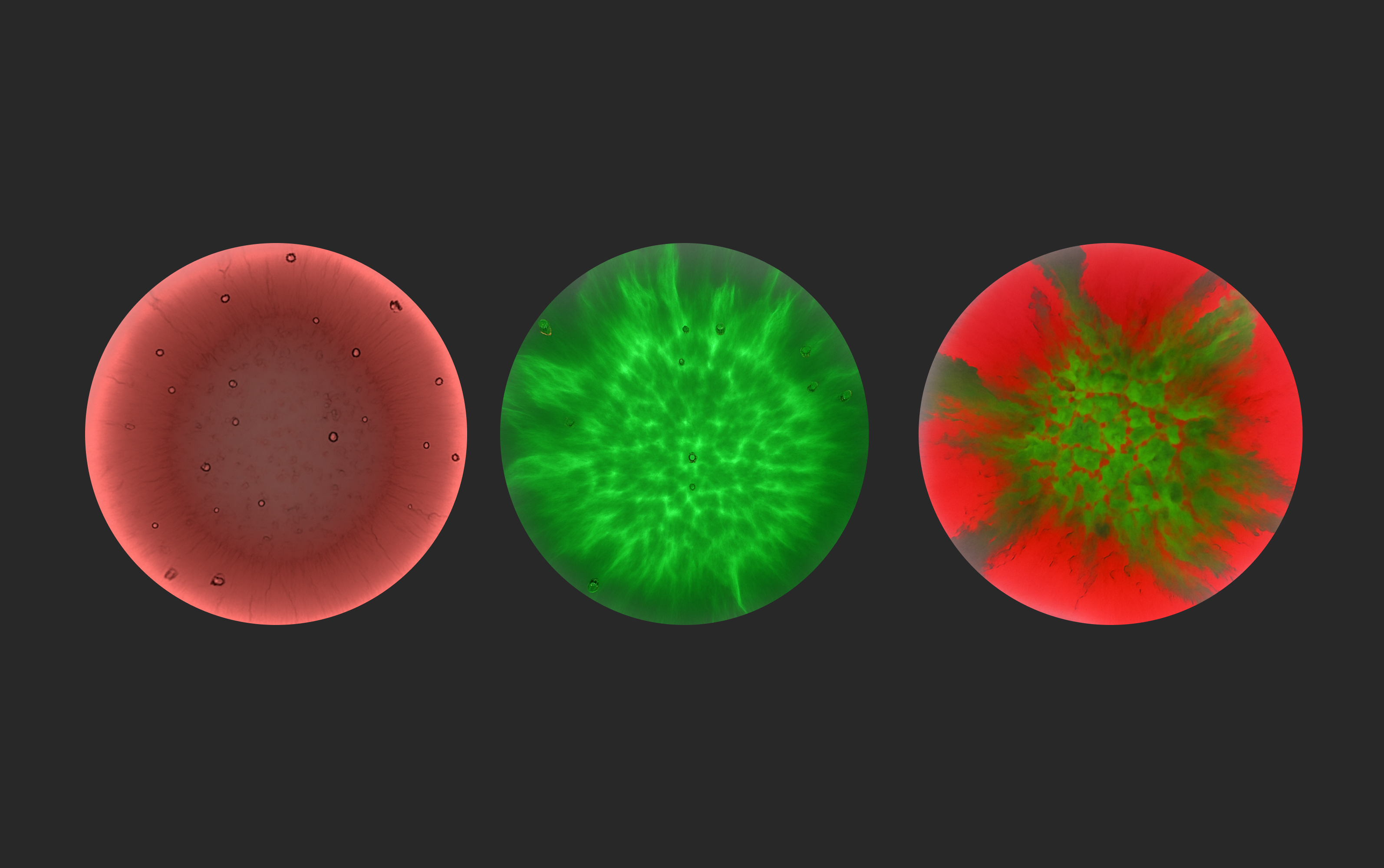Feature: Multi-Channel Fluorescence + Zebrafish



Three different zebrafish cell types light up in red, green, and blue in this data, captured using a technique called multi-channel fluorescence microscopy on the Multi-Camera Array Microscope. Each cell type is chemically labeled to glow, or fluoresce, when exposed to a different wavelength of light. This allows scientists to identify multiple cell types at once and synthesize information to understand any potential interrelationships.

Feature: Multi-Channel Fluorescence + Zebrafish

Three different zebrafish cell types light up in red, green, and blue in this data, captured using a technique called multi-channel fluorescence microscopy on the Multi-Camera Array Microscope. Each cell type is chemically labeled to glow, or fluoresce, when exposed to a different wavelength of light. This allows scientists to identify multiple cell types at once and synthesize information to understand any potential interrelationships.
.png)

